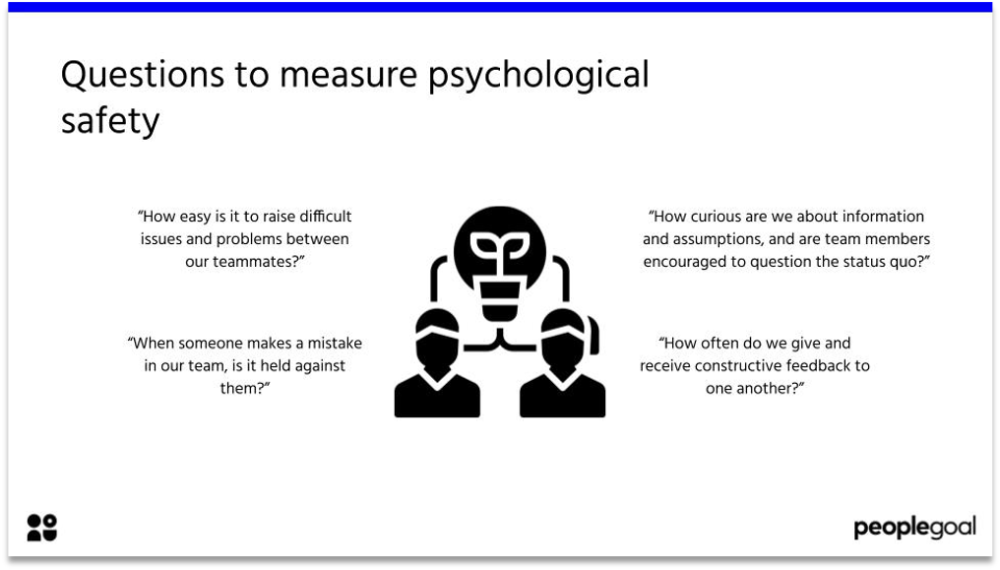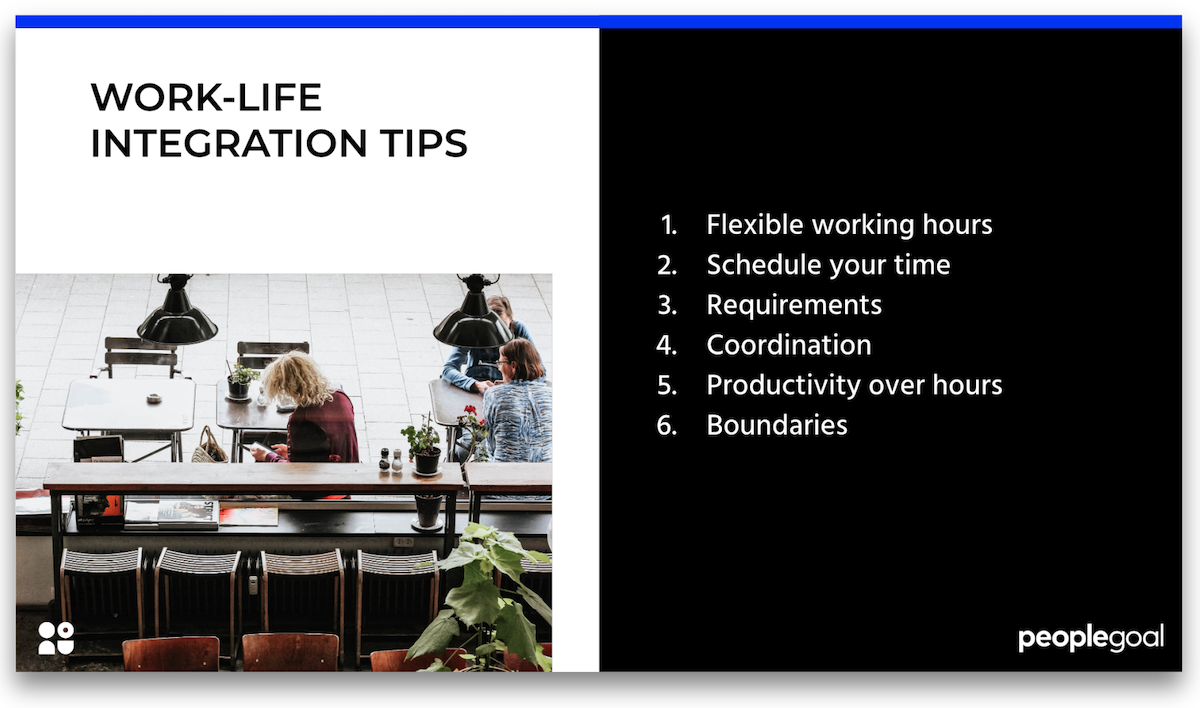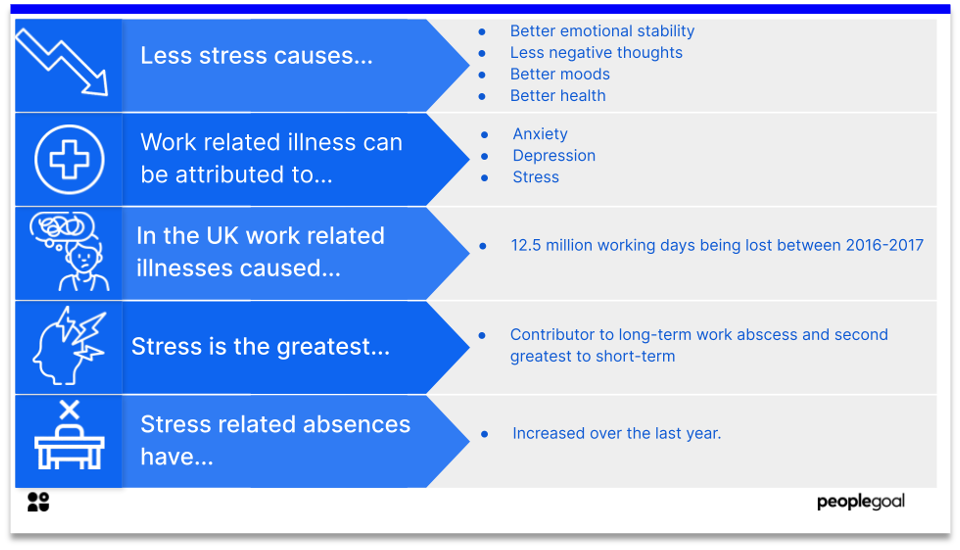Psychological safety describes a work environment in which team members feel open to share ideas, take risks and express concerns without retribution. The term first became widely known following a 1999 study by Amy Edmondson at Harvard Business School, and was further popularized in 2015 after a two-year study by Google identified psychological safety as one of the five key elements of successful teams.
According to Edmondson, “Psychological safety describes perceptions of the consequences of taking interpersonal risks in a particular context such as a workplace. A central theme in research on psychological safety—across decades and levels of analysis—is that it facilitates the willing contribution of ideas and actions to a shared enterprise.”
You know the term implies to people a sense of coziness … that we’re all going to be nice to each other, and that’s not what it’s really about. What it’s about is candor; what it’s about is being direct, taking risks, being willing to say, “I screwed that up.” Being willing to ask for help when you’re in over your head.
Why is psychological safety in the workplace important?
Teams who report feeling high levels of psychological safety are consistently the most high performing, productive and creative business units across organizations. They’re willing to put forward bold ideas because they’re not afraid of being shot down or made fun of. They’re able to raise concerns and own up to mistakes to prevent those from becoming bigger problems down the line. Employees know that their opinions are heard, and that makes them feel valued and engaged with their work.
In a Gallup study, their data reveal that just three in 10 U.S. workers strongly agree that at work, their opinions seem to count. However, by moving that ratio to six in 10 employees, organizations could realize a 27% reduction in turnover, a 40% reduction in safety incidents and a 12% increase in productivity.
Principles of psychological safety in the workplace
As Amy Edmondson states, “It’s three activities that you have to just keep doing often. The first one is setting the stage, the second one is inviting engagement, and the third one is responding productively.”
1. Promote learning and effectiveness
Wherever possible try to instil the mindset of learning. It’s important to communicate the company strategy to create alignment, but it’s also good to not pretend like you have all the answers. Actively encourage employees to share their ideas, and being open about areas of uncertainty creates a reason for them to do so. Similarly, being able to own up to mistakes allows everybody to learn from them, and that can only happen if workers are confident they’ll be treated fairly. You can (and should) still maintain accountability – reward great work publicly and discuss poor performance privately. Being transparent about how and where these conversations take place lessens anxiety and gives everyone a clear picture of their actual performance.
2. Model the behaviors you want to see
Lead by example and be self aware – doing so makes it much easier for your team to follow suit. Acknowledge the mistakes you’ve made and that you may miss something else, and reinforce that you want to hear your colleagues’ ideas. This creates a safe environment for them to speak up knowing their opinions are being asked for. Regularly ask for feedback and make sure to keep an open mind when receiving it. Most importantly, follow up with the suggestions being made, even if they’re not going to be acted on.
3. Make curiosity the standard
Ask questions to dig deeper into the rationale behind ideas, assumptions and mistakes. Being proactive in asking questions of everybody makes it necessary for those who are less willing or more afraid of challenging the status quo to speak up. Replace blame with questions – “What blocked you from getting this done?” or “What support would you have liked to deliver this more effectively?”
Watch Amy Edmondson’s full TEDx talk on building a psychologically safe workplace.
How can you foster psychological safety for remote workers?
As we move to a majority remote workforce (a move born out of necessity, but which is likely to remain the new business standard as we go forward) the challenge of keeping connected to your teammates and having open channels of communication becomes vital. These are a few tips to take the principles of psychological safety from the shared office into your remote workspace.
1. Create new communication channels
There are plenty of amazing tools for staying connected while working remotely. Whether you’re using Slack, Teams, Hangouts, Discord or others, you’ll need to customize the space to allow ideas to be shared while not overwhelming teammates with distracting notifications.
It’s helpful to have one space for the full group to get together, and one or more additional ways to share information privately or within smaller groups.
2. Encourage remote workers to get to know one another
Getting to know more about your colleagues behind the screen is crucial. It not only lessens our feeling of isolation when working from home, it opens your team up to accept new ideas when they know more about where they come from. Use video calls to connect where it’s not disruptive, or simply make it a habit to ask a few non-work questions: “What book have you been reading lately?” or “What inspired you this week?”.
3. Create a recurring “stand-up”
Whether it’s through written updates or video chats, a recurring stand-up or status meeting gives everyone the chance to share what they’re working on and where they need help. Don’t make the mistake of just reporting the positives or you’ll only send the message that it’s not OK to discuss mistakes. Encourage everyone to share one or two things they did well, and another where they messed up and need help.
4. Book in regular one to ones
Private one to one discussions are critical for motivating your direct reports and building an honest working relationship. When you go remote these can sometimes take a backseat, as you miss the informal coffee chats and face to face time in the office. Make sure to take the lead and book recurring one to one meetings (at least every month) to check in and discuss work performance.
5. Roll out 360 feedback
On the ground feedback is easy to get when you’re working side by side, but with the physical distance of remote work this becomes a lot harder. Setting a framework for giving constructive feedback will help everyone to stay connected. As with all of these behaviors, modelling it yourself goes a long way to instilling trust from your team. Make sure you’re asking for your own feedback, as well as teaching teammates to give upward feedback and providing them with some examples of what good, constructive feedback looks like.
👉 Click here for 6 tips to success when giving constructive feedback
6. Measure psychological safety
Lastly, psychological safety is something you can benchmark within your team and measure for improvement. Asking a few simple questions, either directly or through a pulse survey, will help you to gauge how safe your team feels and what you should improve on.

Psychological safety underpins every high performing, collaborative team. And as summed up in this NYT article following the Google study, “No one wants to leave part of their personality and inner life at home. But to be fully present at work, to feel “psychologically safe,” we must know that we can be free enough, sometimes, to share the things that scare us without fear of recriminations. We must be able to talk about what is messy or sad, to have hard conversations with colleagues who are driving us crazy. We can’t be focused just on efficiency.”
👉 Read on for 6 examples of constructive feedback for performance reviews
Ready to 3x Your Teams' Performance?
Use the best performance management software to align goals, track progress, and boost employee engagement.






